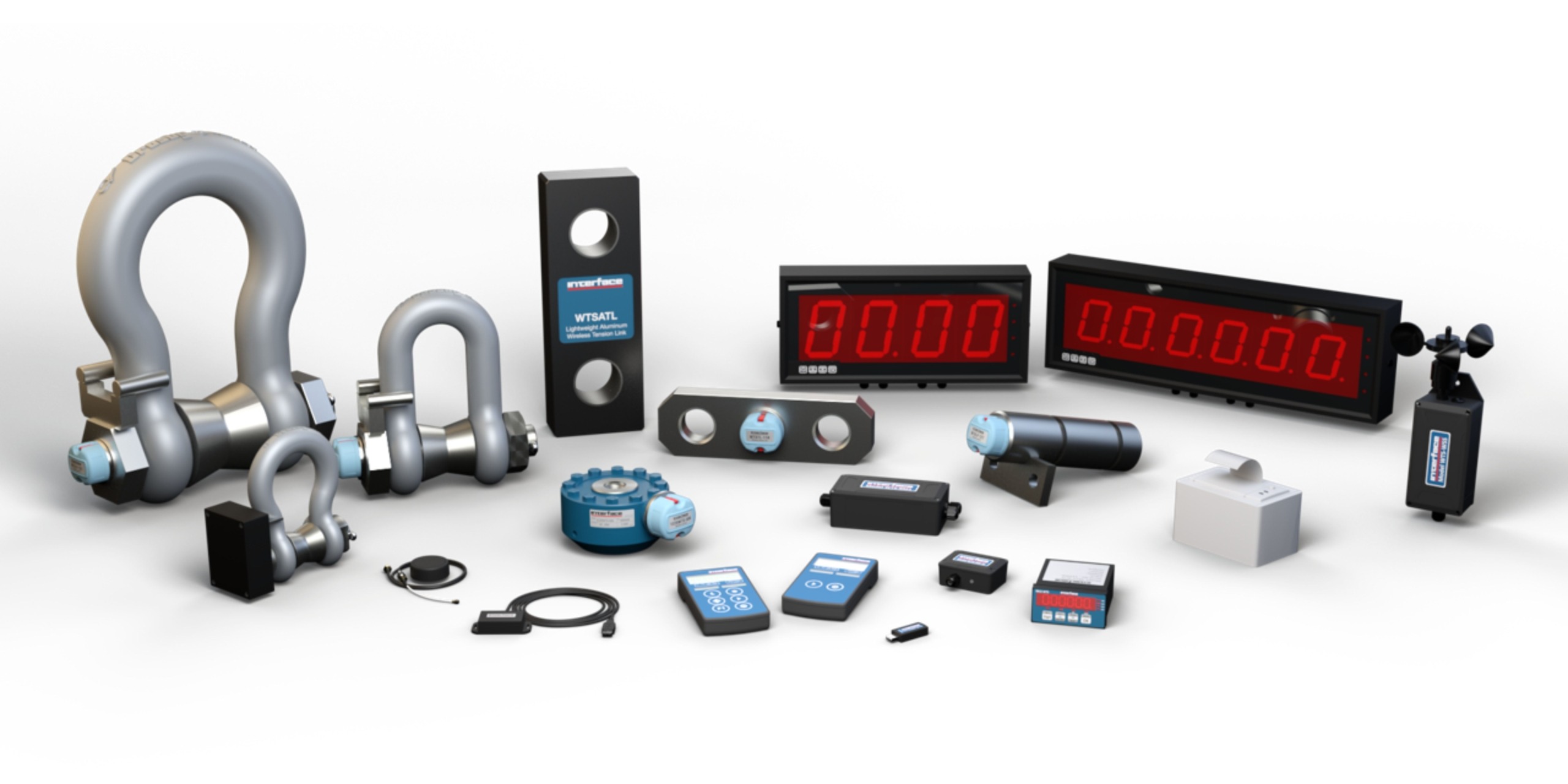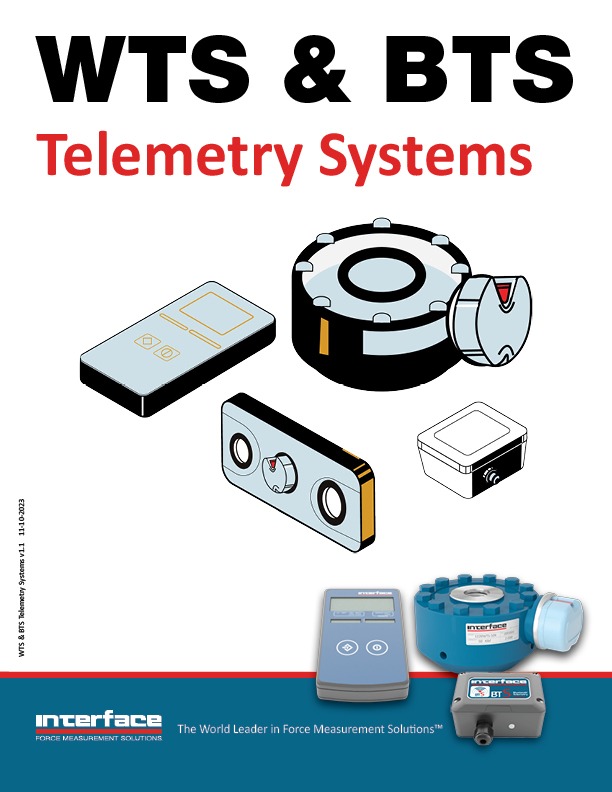The Wonderful World of Wireless Webinar Recap
 Interface recently hosted an online technical seminar, The Wonderful World of Wireless, discussing cable-less sensor technologies.
Interface recently hosted an online technical seminar, The Wonderful World of Wireless, discussing cable-less sensor technologies.
The ForceLeaders event began with a quick highlight of the history of wireless, starting with Heinrich Hertz demonstrating the existence of electromagnetic waves in 1988 through the 21st-century developments of Wi-Fi, Bluetooth, plus 4G and 5G cellular networks.
These inventions have advanced test and measurement devices to the point where wireless sensors and instrumentation are commonplace. What does today and the future of wireless look like?
- Extensive Wireless Components in the Lab
- Network Connectivity and Cloud-Based Data (IoT)
- Expanding Use for Different Environments
- High-accuracy and Precision Measurement Capabilities
- Enabling Advancements in Automation
- Continuous Monitoring of Measurement Data
- Safety and Alarm Systems Based on Key Measurements
- Component Activation without Cables
During this technical discussion, Interface experts Keith Skidmore and Jason Graham detailed the benefits of using wireless components for test and measurement programs in addition to OEM products. The top five benefits of going wireless include:
- Easier installation and maintenance
- Reduced wiring costs and easier to integrate
- Increased flexibility and scalability
- Reduced risk of electrical interference and noise
- Improved safety (no cables)
Sensor systems become significantly more flexible and adaptable by removing the need for physical wires. This translates to easier repositioning of existing sensors and seamlessly adding new ones without major infrastructure modifications. This wireless approach is particularly beneficial when traditional wiring is difficult or impractical. This includes:
Large-scale industrial applications: A sprawling factory floor or a vast agricultural field that requires wiring such expansive areas would be a logistical nightmare regarding cost and implementation. Wireless sensors eliminate this obstacle, allowing data collection across vast distances with minimal setup effort.
Monitoring moving or rotating machinery: Imagine trying to wire sensors onto a constantly spinning turbine or a robot arm in motion. The wires would be a tangled mess, prone to breakage and potentially hindering the machinery’s operation. Wireless sensors provide a clean and efficient solution, capturing valuable data without impeding the movement of the equipment. Interface details this with our system configuration using the BX6 during the webinar.
Remote or hard-to-reach locations: Whether it’s a sensor monitoring environmental conditions on a mountaintop or across the plains for oil field operations, reaching specific locations with wires can be impossible or prohibitively expensive. Wireless sensors bridge this gap, enabling data collection from even the most inaccessible places.
 Interface offers wireless LowProfiles, Mini Load Cells, Load Shackles, and Torque Transducers. Interface has the experience and engineering capabilities to design most of our sensors for wireless use. Commonly used Interface wireless load cells are our WTS 1200 Standard Precision LowProfile® Wireless Load Cell, WTSTL Wireless Tension Link Load Cell, WTSLP Wireless Stainless Steel Load Pin and WTSSHK-D Wireless Crosby™ Load Shackle.
Interface offers wireless LowProfiles, Mini Load Cells, Load Shackles, and Torque Transducers. Interface has the experience and engineering capabilities to design most of our sensors for wireless use. Commonly used Interface wireless load cells are our WTS 1200 Standard Precision LowProfile® Wireless Load Cell, WTSTL Wireless Tension Link Load Cell, WTSLP Wireless Stainless Steel Load Pin and WTSSHK-D Wireless Crosby™ Load Shackle.
Specification Watch List for Wireless Components
- Input Range
- Sample Rate
- Temperature Range
- Temperature Errors
- Linearity of Sensor or System
- Environmental Rating
- Battery Life and Power Supply
- Compatible Output and Inputs of Every Component
Be sure to watch the event, and if you have any questions about the products Interface offers or need help selecting the right system components, contact us. We are here to help you get the right solution.
The event concluded with Interface wireless experts answering these top 10 frequently asked questions:
- What impacts the range of WTS?
- How reliable are the data results?
- What software is provided with the WTS devices?
- How many devices can operate on one radio channel?
- Can computer software gather data from many devices?
- What limits the devices’ radio frequency (RF) range?
- What frequency does the system operate on?
- Can wireless range extenders be used within the WTS network?
- Is the system point-to-point?
- What are the sampling rates of the transmitter modules?
Interface Wireless Telemetry System (WTS)
The Interface Wireless Telemetry System (WTS) offers more sensor placement and configuration flexibility. Components in wireless telemetry systems typically include sensors, transducers, instrumentation, communication modules, transmitters, displays, and printers. Use the Wireless Modular System Overview for more system details.

Read: Interface Wireless Telemetry System Review








